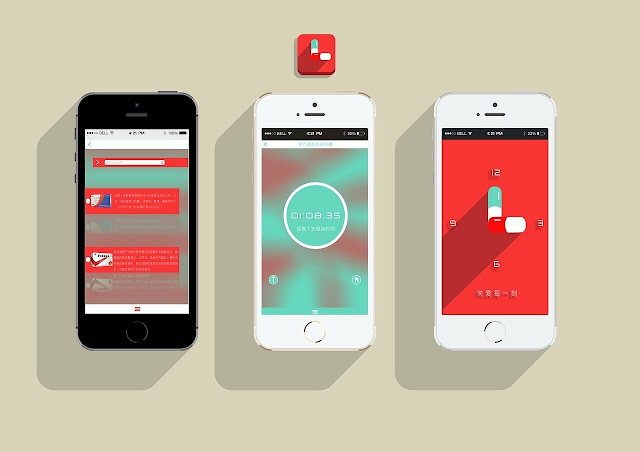Blame Your Business Failure on a Bad Web Design
Did you know? About 94% of first impressions about your website are design-related.
With more people using the internet, many businesses are taking the digital route to chase after their customers. This means that the design of your e-commerce or standard website will attract or put off your customer.
Even if what you sell is of more value to your customers than your competitors, your website will significantly impact attracting them closer to find out. Consequently, the design of your website will be the first contact point to start a relationship with your customers.
While most people don't interest in making an excellent investment in their business' web design, your loss of business will lead you to change your mind. Why so?
Read on.
The Damage of a Bad Web Design
1- Typically, when a customer visits your website, they expect the page to load quickly within 2 seconds. After a maximum of 10 seconds and the page does not load fully, they are likely to move to another and not return. Consequently, faster loading pages lead to higher conversion rates as customers stay on the website to complete their purchase. Besides, there's about a 7% drop in conversion rates with each second delay.
2- Apart from the homepage being the first point of impressions, all the other pages also significantly impact. Nonetheless, nearly half of your website visitors will start connecting with you from the second and more pages. They can reach impressive pages using search engines, social media shares, and even forum posts. However, customers can fail to get to the striking page home page if the other pages they land on are shabby.
3- Did you know that visitors only take about 2.66 seconds to focus on a vital area of your website? Also, a study shows that nearly 38% of your visitors will leave your site if they find it unappealing or don't like the design. Of course, attractiveness is personal; hence impossible to rule the taste of everybody. However, the web design masters use specific techniques and standards to ensure that most visitors find a visually and adequately attractive site. This means that the layout is in a presentable way that will not bother or become tedious in any way.
4- Customers who access your website using their mobile or tablets are becoming more as time progresses. Therefore, the sites with designs for laptops and desktops are not practical for a smaller screen and touch controls. Responsive and flexible web design is progressively vital. Therefore, an expert in web design can implement such techniques to automatically sense the device the end-user is using to view and modify accordingly. Because most people use a smartphone, the rate of the user revisits the website within the same day doubles because it is accessible and available to operate. Better still, you should have the design adaptive to the device limits.
If your business is stagnant and not making more sales, it would be best to revise your web design and invest in a better one.





Comments
Post a Comment